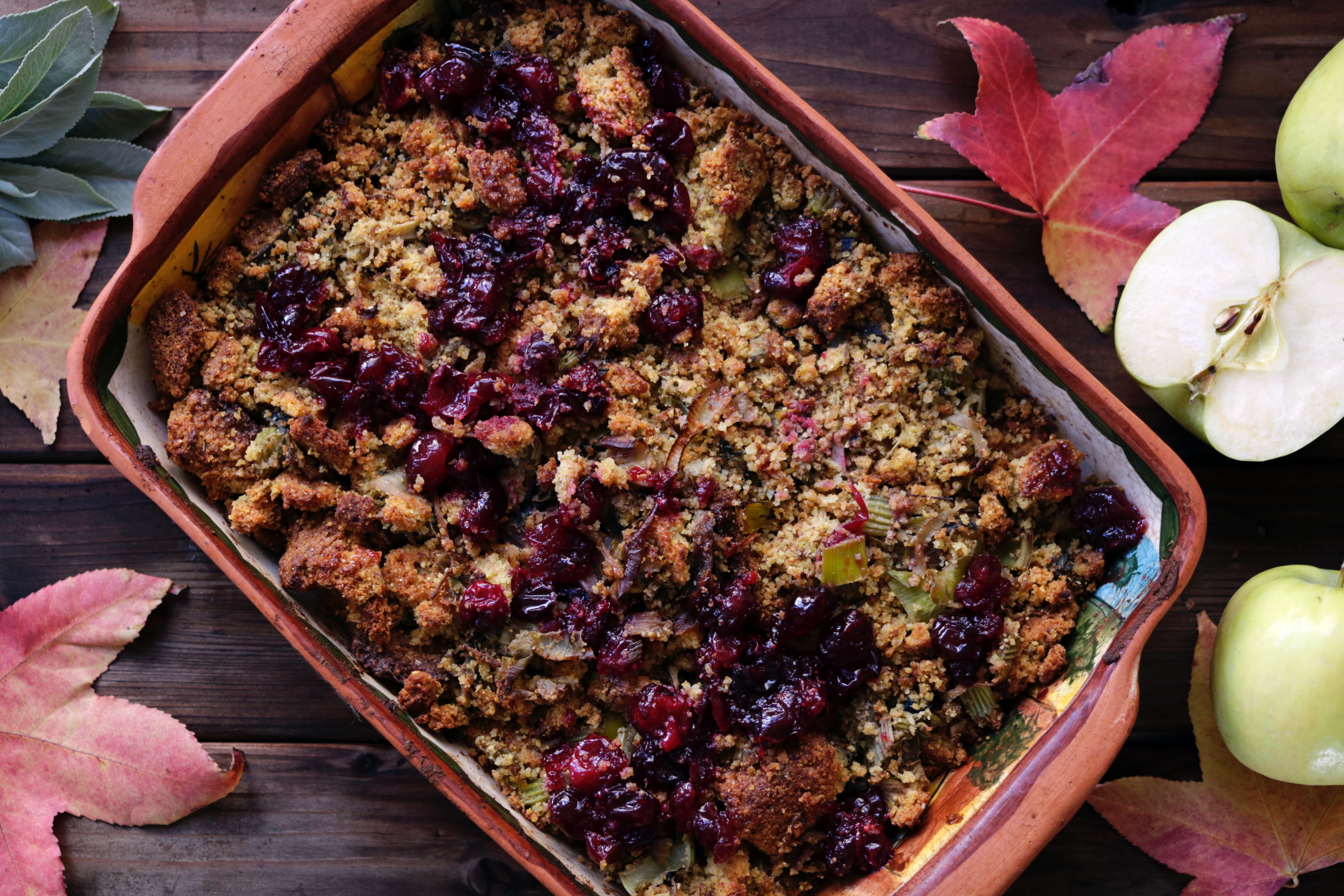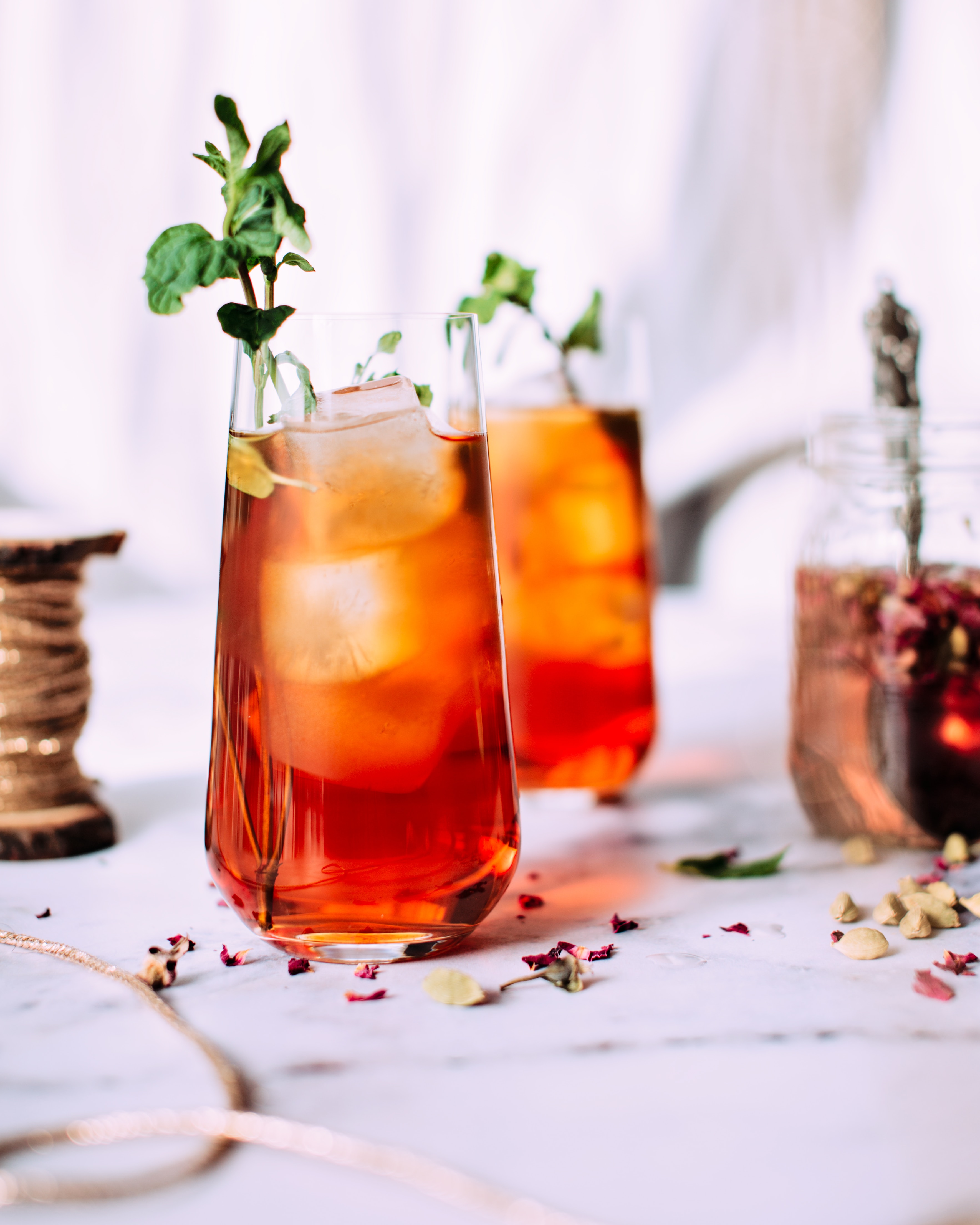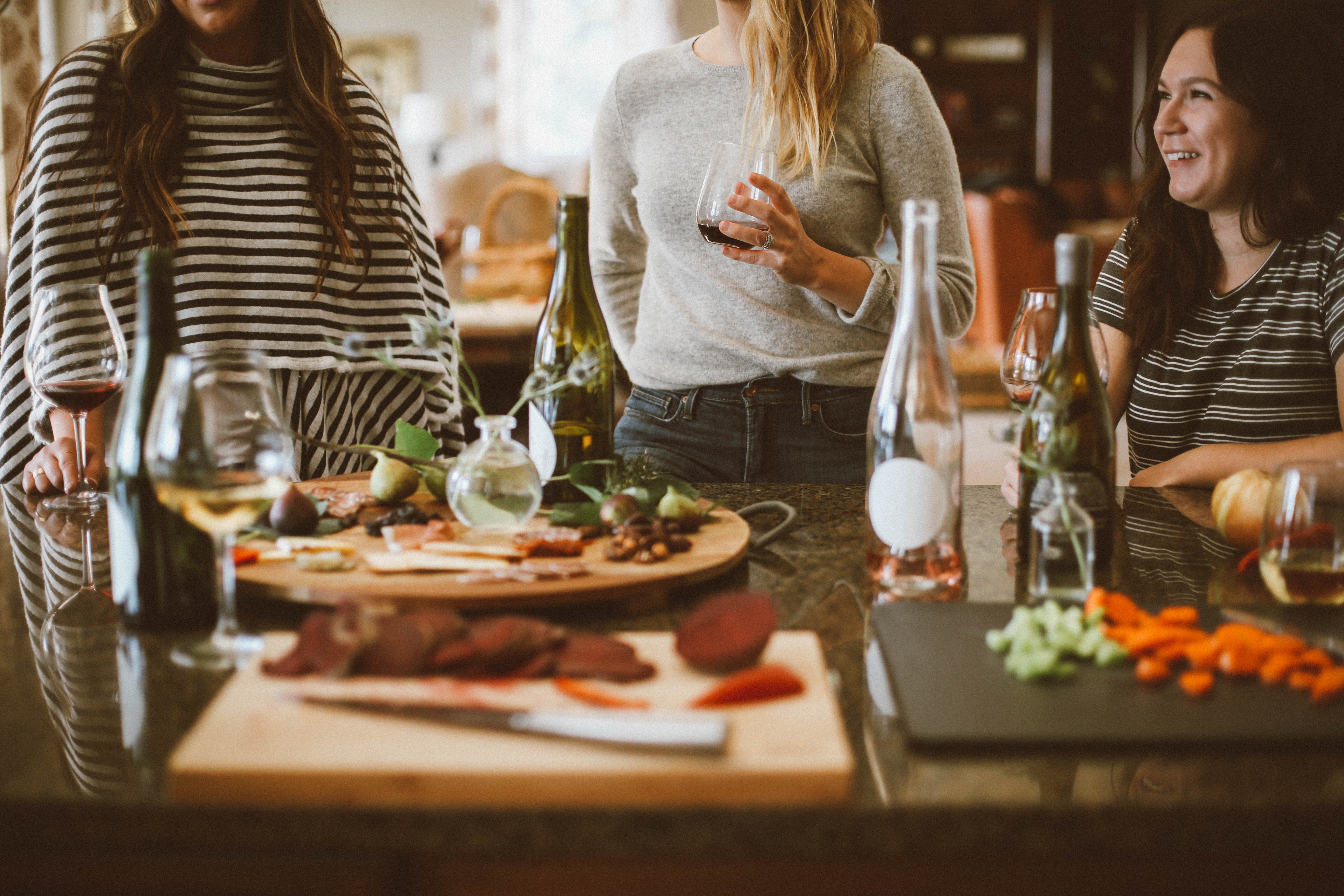It’s that time of year where families across the United States plan for that one special holiday peculiar to our country that kicks off the holiday season: Thanksgiving Day! For many, evidence of climate change and the rising frequency of natural disasters makes “sustainability” a daily goal worth striving for. Despite being a harvest celebration represented as an overflowing cornucopia of goods, we think Thanksgiving can be re-imagined as sustainable too. Fortunately, doing so doesn’t have to cost your family’s most important traditions. It just requires openness to new practices and an intentional move toward them. The tips below suggest how to reduce your carbon footprint, as well as enjoy a happy and healthy Thanksgiving Day!
Sustainable Thanksgiving Food

Source local and organic produce from the farmers market.
Farmers markets are a great source of fresh and healthy food. Plus, the more food you can buy from within your own community, the less food you’re paying to have trucked in from hundreds of miles away (and less trucking means less exhaust in the atmosphere). It is a complicated world, but if we take our consumer responsibilities seriously, we should try to stay informed about the products we buy and support eco-friendly business models.
Go green and fruity.
The holidays tend to be associated with sumptuous, over-filling meals, and decadent desserts. Push back on that tendency and replace a cheese plate, side dish, or pie with an unprocessed fruit or veggie. While you’re at the farmers market, you’ll be surrounded by great options to fill your Thanksgiving table! Pumpkins, apples, beets, sweet potatoes… Take advantage of the harvest, and be creative! Mangos, kiwi, and avocados are in season too!
Consider a turkey alternative and go meatless.
There is probably nothing we do on Thanksgiving Day that costs more resources than the raising of livestock. Between fossil fuel emissions, greenhouse gases, and animal waste, the byproducts of raising livestock and selling of meat are a triple threat, polluting the land, water, and air. For some, the combination of these environmental effects of meat production and the ethics of eating meat makes the change to a meatless Thanksgiving well worth the challenge.
Avoid excessive food/food waste.
Challenge yourself to make a no-waste Thanksgiving. Making too much food is often the same as feeding the trash can. If the average American household were to conduct a waste audit, they’d find most of their waste is avoidable—much of it is packaging made of plastic or Styrofoam. To both reduce food waste and trash can volume, sending leftovers home with your guests in reusable containers is a great idea.
Turn scraps into a delicious soup.
Soup is perfect for “cleaning up” the leftovers of a large meal, so it’s a natural fit for Thanksgiving. The entire turkey carcass, bones and all, can be cooked in a large pot to make bone broth. A good bone broth substitute uses just about everything else you’d have laying around after Thanksgiving, also referred to as vegan bone broth. Furthermore, these basic-ingredient soups are often considered to be gut-healing recipes because of how healthy they are for the good bacteria in our stomachs.
Sustainable Thanksgiving Drinks

Make drinks from scratch.
Instead of going out for drinks, spare the environment and by making some Thanksgiving cocktails at home. Before you make your grocery run, add some autumnal ingredients to the shopping list. For some delicious inspiration, consider the season’s favorite flavors: apple, caramel, chai, cinnamon, cranberries, and pear, just to name a few. Find some easy thanksgiving cocktail recipes, or you might even choose to craft your own Thanksgiving drink. Don’t hesitate to be creative and enjoy the adventure responsibly!
Only buy drinks packaged in glass.
Consider the recyclability of the packaging on the products you buy. Do a little research about which materials and which types of plastics your community recycle. To take a step further, avoid plastic bottles. Glass is recyclable and much more stable to hold substances and food. So when you go to buy your drinks (be they alcohol, cider, eggnog, etc.), challenge yourself to only purchase items in glass bottles or reusable containers like beer growlers.
Shop for local and organic wines.
More and more wineries are popping up these days. Take advantage of it! You won’t just be supporting a local business, you’ll also be sparing the emissions that would have been produced by hauling a bottle from all the way across the country or beyond. Besides, it’s a special experience to taste the fruit of the vine grown in your own community and compare notes with friends and family. If possible, choose “organic” wine because it is made without many of the environmentally problematic chemicals.
Sustainable Thanksgiving Table Setting

Utilize dried leaves and branches or other recycled items for decoration.
Instead of buying plastic leaves and fake pumpkins to decorate your home, bring the fall season indoors! You could buy real gourds, but even that isn’t necessary. Take a walk around your neighborhood or park, and find 15 or so of the brightest leaves or other autumn items. Bring them home and make DIY thanksgiving center table pieces to display on your table.
Avoid buying flower arrangements.
About 2/3 of flowers bought in the US are transported in from warmer climates such as South America. And even when the flowers are grown locally, they’re typically raised in energy-hungry hothouses.
Use linens instead of disposable napkins.
Paper napkins are single-use, cost more money over time, and look cheap. Linen napkins can be washed and used over and over, quickly paying back your investment, and they look nicer to boot! Neither napkins or paper towels are recyclable, but if you must buy paper towels, make sure they are made of recycled paper.
No disposable plates and cutlery.
Similarly, avoid paper products like paper plates, cups, and plastic forks that will all end up in a landfill somewhere. Thanksgiving dinner does create a lot of dirty dishes, but if you don’t have a dishwashing machine, make it an activity! Put some music on in the kitchen, and recruit a couple friends to come help out.
Light candles to save electricity.
One easy way to lower your carbon footprint is to reduce energy consumption. Try turning off most of the lights during dinner and eat by candlelight. Just like with the linen napkins, this will change the atmosphere of your dinner significantly. You might even forget you’re also helping the environment!
Sustainable Thanksgiving Activities

Turn off your TV.
If you’ve got a computer or TV blabbing endlessly in the background of your dinner, chances are it does that every day. Make this one different: Turn it off, and enjoy the conversation of your company. As with the lightning advice above, this power-saving tip will help you by reducing your energy bill, but it will also make for a more intimate gathering.
Live in the moment.
Make the most of your holiday by interacting with your guests. If you avoid being on your phone, they’ll avoid being on theirs. You’ll have more time to share stories and laugh. You’ll also drain less battery, thereby wasting less energy charging it back up.
Play games and bond.
Before or after dinner, you may find that your guests need something to do. As we well know, bored people left to their own devices will, well, start playing with their own devices. Guide this desire for entertainment. Provide some themed activities: turkey games and turkey crafts could really set the mood! But don’t burn resources on thanksgiving games that will only be used once a year. Try your hand at one or more DIY thanksgiving games. Check out these recycling games for some ideas.
Enjoy your outdoor area.
Perhaps you don’t want to make a DIY Thanksgiving centerpiece or create DIY games. You don’t have to bring the leaves inside or play organized games to enjoy the season. Go for a walk with your family in your neighborhood or local park to take in the beauty of nature, and experience the local sights and smells of autumn where they are naturally.
Final Thoughts
Whether you are planning to spend Thanksgiving out of town, in a new place because you just listed your property for sale by owner, or in your forever home, being with family and friends is the highlight of the celebration. It is the season to be grateful for what we have and mindful of our actions at the same time. Being aware of what is going on with the environment and taking action is very important. Let us all celebrate our family, friends, and the beautiful world that we are blessed with.
Happy Thanksgiving!

